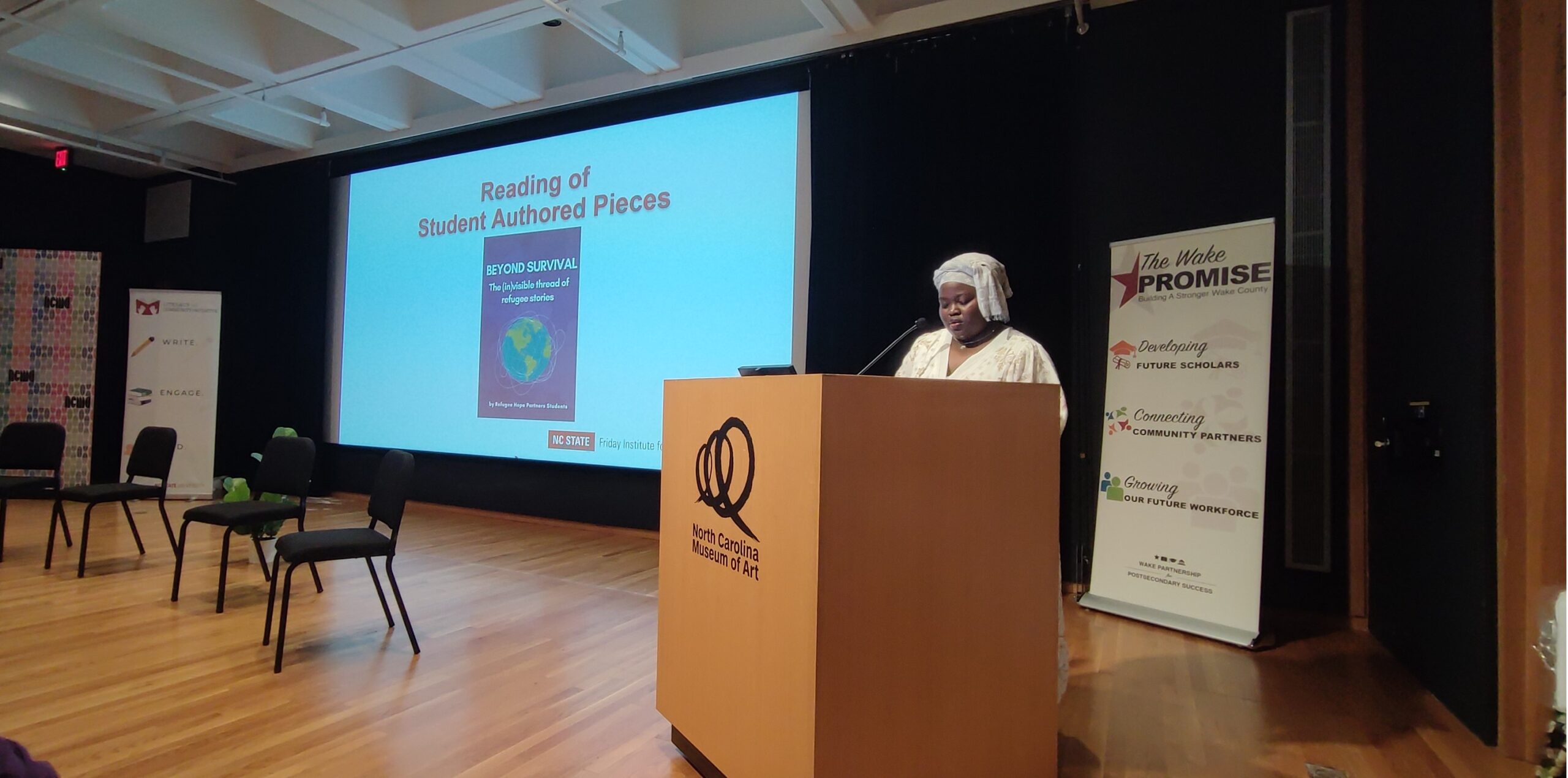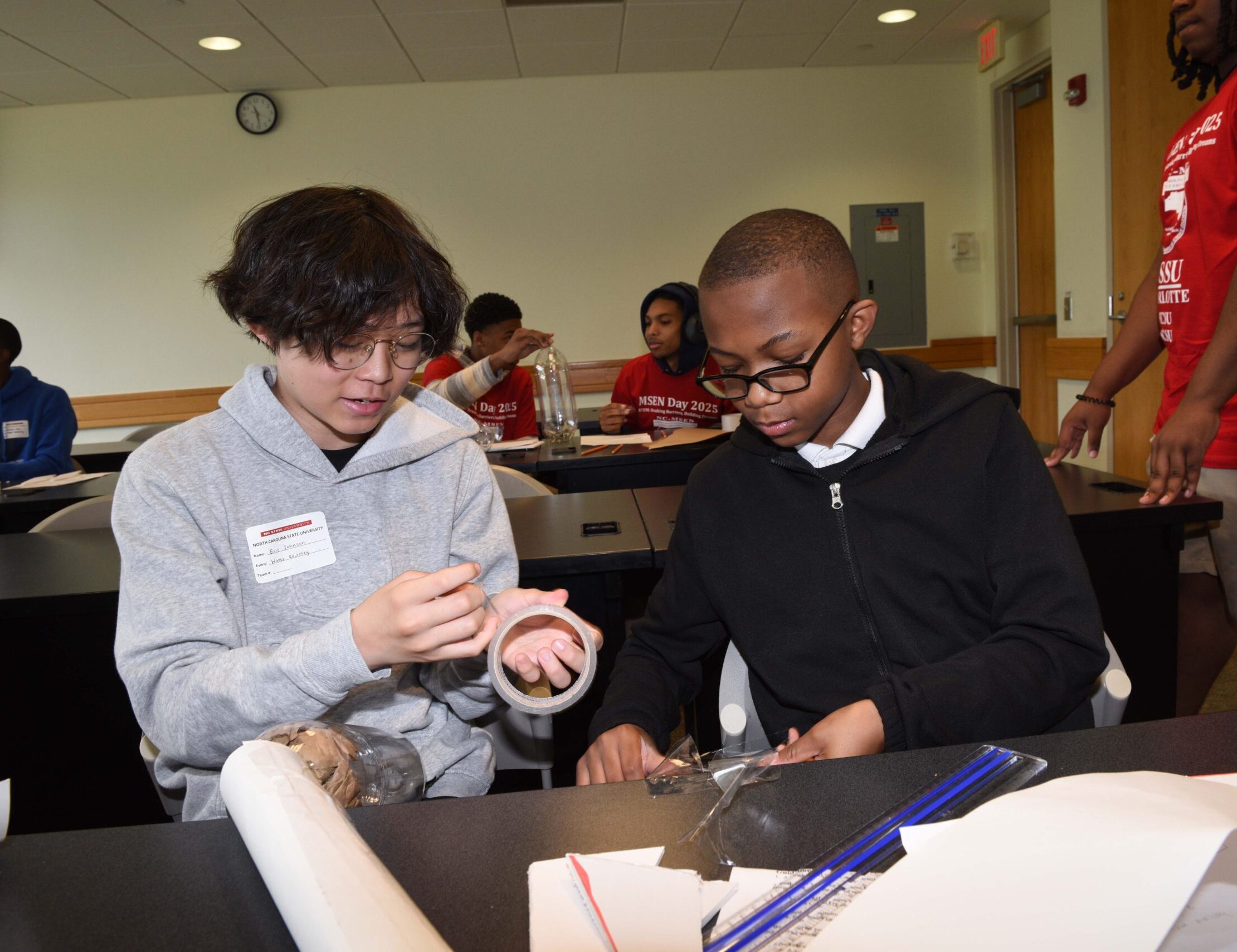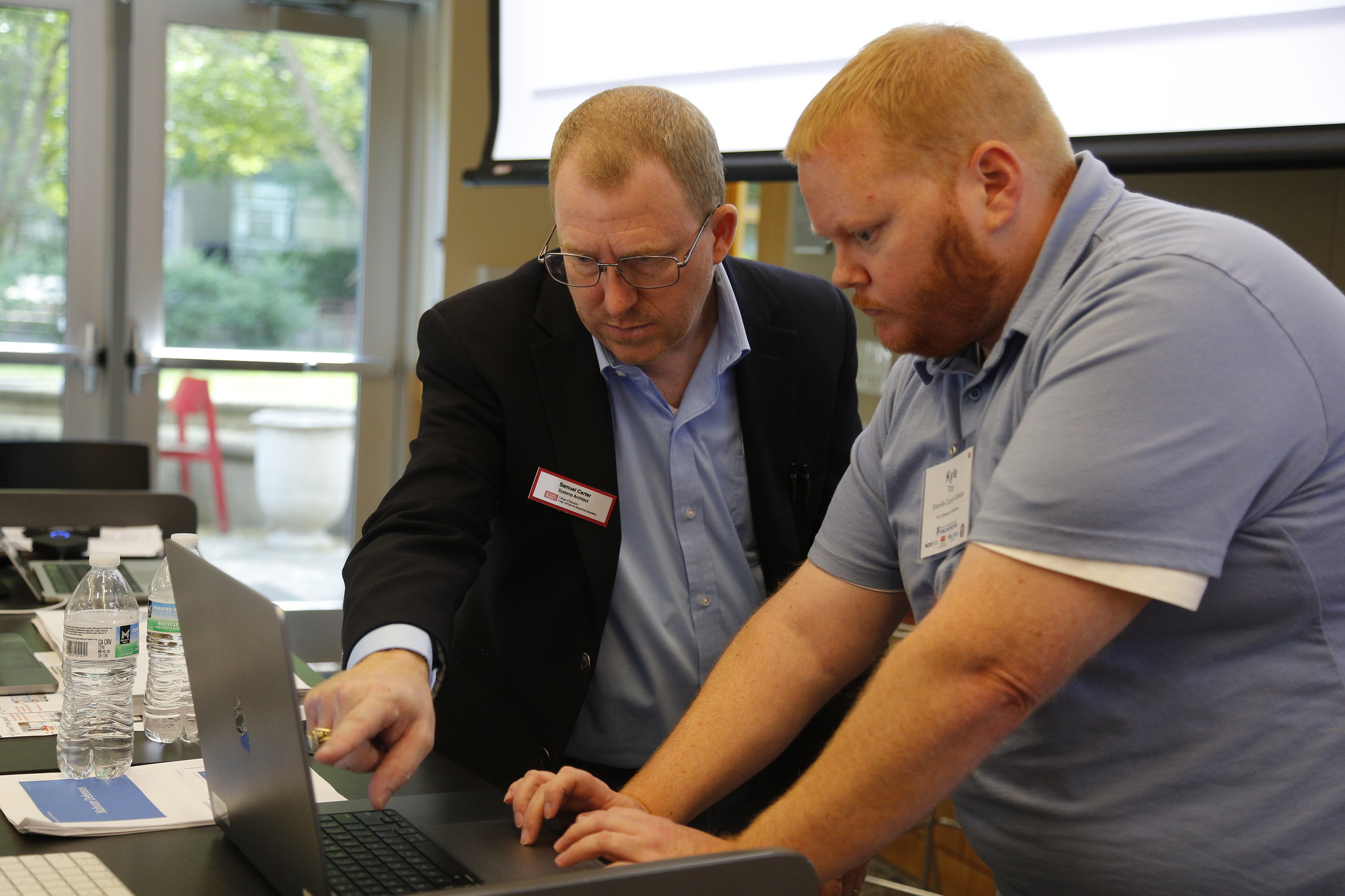Friday Institute Publishes Initial Report on Rural Home Internet Access Pilot
RALEIGH, N.C. — In January, the Friday Institute for Educational Innovation announced its lead role in a pilot program to test emerging wireless technologies, funded by the North Carolina Department of Public Instruction and the North Carolina Department of Information Technology’s Broadband Infrastructure Office, to address the homework gap in North Carolina. Although the pilot program will run through the 2021-2022 school year, an initial report has been published with some preliminary results. The three technologies being tested include low Earth orbit (LEO) satellite internet access, Television Whitespace (TVWS) and Citizen Broadband Radio Service (CBRS). Approximately 200 K-12 families will ultimately be connected as part of this pilot program, and quantitative data about the connection quality and speed are being gathered.
“I think the most important thing that policymakers can take away from this effort is that there is no magical solution to the rural broadband challenges in North Carolina,” said Ray Zeisz, senior director of the Technology Infrastructure Lab at the Friday Institute. “It will take a portfolio of technologies to connect every resident of the state. While fiber is considered by many as the gold standard of connectivity, we should not force expensive fiber deployments in locations where wireless technology can be much more quickly and cost-effectively used. I’d much rather see every resident connected in some way in the next few years than wait a decade or more for fiber to become ubiquitous.”
Of the three technologies being studied, the report shows SpaceX’s Starlink service is by far the most mature and was the simplest to deploy but also the most expensive. While SpaceX calls the service a “beta” right now, the ease of installation and the speeds that are available prove that Starlink will be an important component in solving the rural internet challenges in North Carolina. Speeds of over 100 Mbps are commonly seen by the Starlink users in the pilot program, and unlike traditional satellite-based internet access, there is no data cap and the latency is generally less than 70 milliseconds.
A TVWS deployment with RiverStreet Networks, a local provider in Hyde County, is also progressing, and it appears that this technology could help augment the capabilities of Wireless Internet Service Providers (WISPs) by adding an extra frequency band that is well suited for reaching homes several miles from a tower, even through foliage.
CBRS is an emerging LTE-based technology that promises to allow any organization the ability to own and operate a private cellular network. While the tower is still being built, initial tests of CBRS radios with consumer products such as iPhones have shown promise. Ultimately the ability for a school district to operate a private LTE network may not make sense; however, other work the Friday Institute is engaged in indicates that a broader effort, possibly with a public-private partnership, could be a key solution to the lack of broadband in some areas of the state.
Going forward, Zeisz would like to see a regional health care provider engage with the Friday Institute to expand the work to enable telehealth applications, especially for chronic illnesses and for older patients who may have more difficulties traveling to large hospitals with specialists.
“While it is great that we can help K-12 students with this pilot program, the economic feasibility of any broadband technology is based on the size of the addressable market,” said Zeisz. “Service providers need to find all the ‘killer apps’ for their services and maximize the reach of their networks.”
Another notable finding of the work thus far is the apparent scarcity of technicians with radio frequency (RF) and networking skills in many of North Carolina’s rural counties.
“I think the state should take steps to promote the fun and social aspects of learning about technology,” said Michael Ramsey, manager of the School Connectivity Initiative at the North Carolina Department of Public Instruction. “It doesn’t have to be hard work and extra math classes. Amateur radio clubs and organizations like the American Radio Relay League could be instrumental in attracting middle and high school students to a field of study they may never have considered in a fun, constructive and social way.”
The Friday Institute for Educational Innovation brings together researchers, practitioners, and policymakers to lead the transition to next-generation education systems that will prepare students for success in the digital-age world. It conducts research, develops educational resources, provides professional development programs for educators, advocates to improve teaching and learning, and helps inform policymaking. The Friday Institute is a part of the NC State College of Education. Visit fi.ncsu.edu to learn more.
- Categories:


